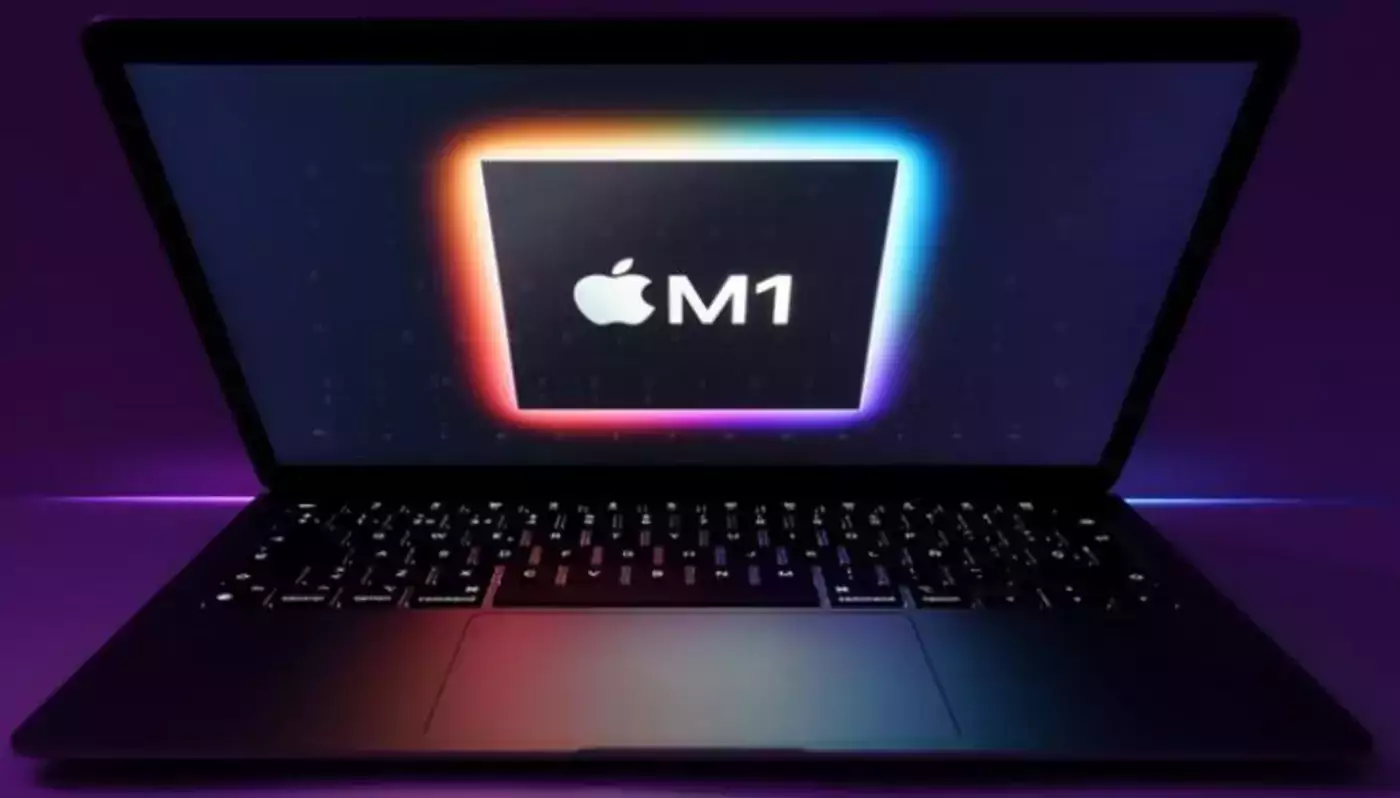Apple has unveiled the M1, the first computer chip it has designed itself. The processor will arrive in three new Macs: a MacBook Air, Mac Mini and 13-inch MacBook Pro.
Previously, processors in Macs were designed by Intel, and Apple just bought them in. That led to a run of problems, as Intel’s development fell behind and Apple was unable to update its computers.
Now Apple designs the processors, just as it does for the iPhone and iPad. Though the actual manufacturing is outsourced, those Apple Silicon chips are otherwise controlled by the company all the way through the process.
The M1 processor has eight cores — four high-performance and four efficiency — with a claimed 3.5x performance boost. It also features a 12MB L2 cache which makes data processing faster.
The chip has a massive 16 billion transistors, made possible by the 5nm fabrication process. There’s also an eight-core GPU with advertised 6x performance overhead. Apple says it can run 25,000 threads simultaneously, making it capable of handling multiple 4K streams or rendering 3D graphics. There’s also a 16-core neural engine that’s capable of 11 trillion operations per second.
Apple’s ARM-based CPU is compatible with Thunderbolt with support for USB-4, resulting in potential 40Gbps data transfer speed. For security, it has the latest Secure Enclave and storage controller with AES encryption hardware. Plus, there’s support for run-time protections on macOS Big Sur.
M1 features Apple’s unified memory architecture, or UMA. M1 unifies its high‑bandwidth, low‑latency memory into a single pool within a custom package. As a result, all of the technologies in the SoC can access the same data without copying it between multiple pools of memory. This dramatically improves performance and power efficiency. Video apps are snappier. Games are richer and more detailed. Image processing is lightning fast. And your entire system is more responsive.
One of the nicest things about Macs with the M1 chip is instant wake up from sleep. Macs already had a short wake-up time, but this makes Apple’s machines smarter. Plus, the chip’s Imagine Signal Processor (ISP), will help enhance video calls even if MacBooks will ship with the same old 720p camera.
Apple also said that you’ll be able to run iOS apps on macOS because of the shared ARM architecture. While the company’s slide showed Among Us and HBO Max iOS apps running on new machines, we don’t have official information on what apps will be available at launch.
As far as limitations go, the processor has an in-built DRAM (Dynamic RAM), making it impossible for users to upgrade the RAM size. So, 16GB is the maximum you’re getting for the moment. Secondly, the ARM-based chip doesn’t support external graphics cards. That means you can’t drum up your new Mac Mini into a more powerful machine.
Apple has promised that it will keep supporting its old Intel computers with software updates and new features in the future. The high-end Intel Macs are still vastly more powerful than the new ones, and so are still going to be the machine of choice for people doing very computationally expensive work.
But it clearly is a technology that’s on its way out, and so if you’re in the market for one of the more powerful computers but can wait, then there’s now a good argument to do so. Apple said during its event that the transition would take two years, and that it would have more to reveal next year, so new Mac Pros could arrive relatively soon.



